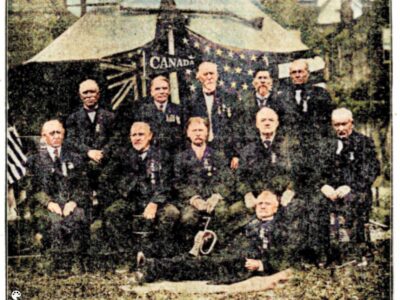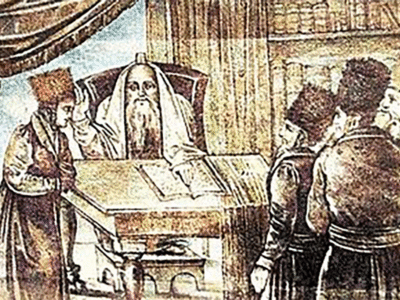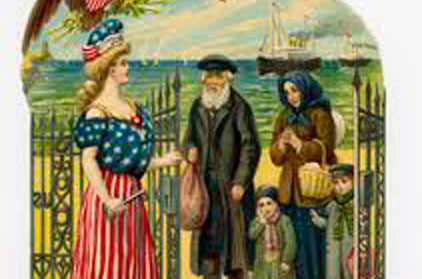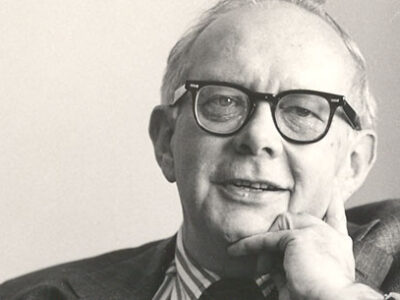Castlefield was a grand residence north of Toronto built in 1835 by James Hervey Price (1797–1882), a prominent Canadian attorney and political figure.
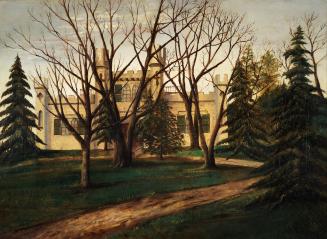 According to accounts, it was a handsome and imposing red-brick, neo-gothic mansion with four crenellated turrets on a long elm-lined drive which became Castlefield Avenue. The estate on which the mansion was situated was located on lot 2, first concession west of Yonge Street, spanning from Yonge Street to Bathurst, between what are now Roselawn Avenue and just north of Briar Hill Avenue. It also had cottages for staff, stables, a barn, a three-acre orchard and two streams, Mud Creek and Yellow Creek.
According to accounts, it was a handsome and imposing red-brick, neo-gothic mansion with four crenellated turrets on a long elm-lined drive which became Castlefield Avenue. The estate on which the mansion was situated was located on lot 2, first concession west of Yonge Street, spanning from Yonge Street to Bathurst, between what are now Roselawn Avenue and just north of Briar Hill Avenue. It also had cottages for staff, stables, a barn, a three-acre orchard and two streams, Mud Creek and Yellow Creek.
Price became the first City Clerk of Toronto shortly after the city was established in 1834. He was closely associated with William Lyon Mackenzie, Toronto’s first mayor, and supported the Reform movement, though he did not participate in the Upper Canada Rebellion of 1837. Price provided both financial and logistical support to Reformers, hosting meetings at Castlefield.
In 1842, Price sold Castlefield to Franklin Jackes, a wealthy baker. Jackes lived there until his death, after which his son William inherited the estate. The property was eventually sold to developers and the mansion was demolished in 1918.
Today, the legacy of Castlefield survives in the names of Castlefield Avenue, Castlewood Road, and Castle Knock Road in Toronto. ♦

